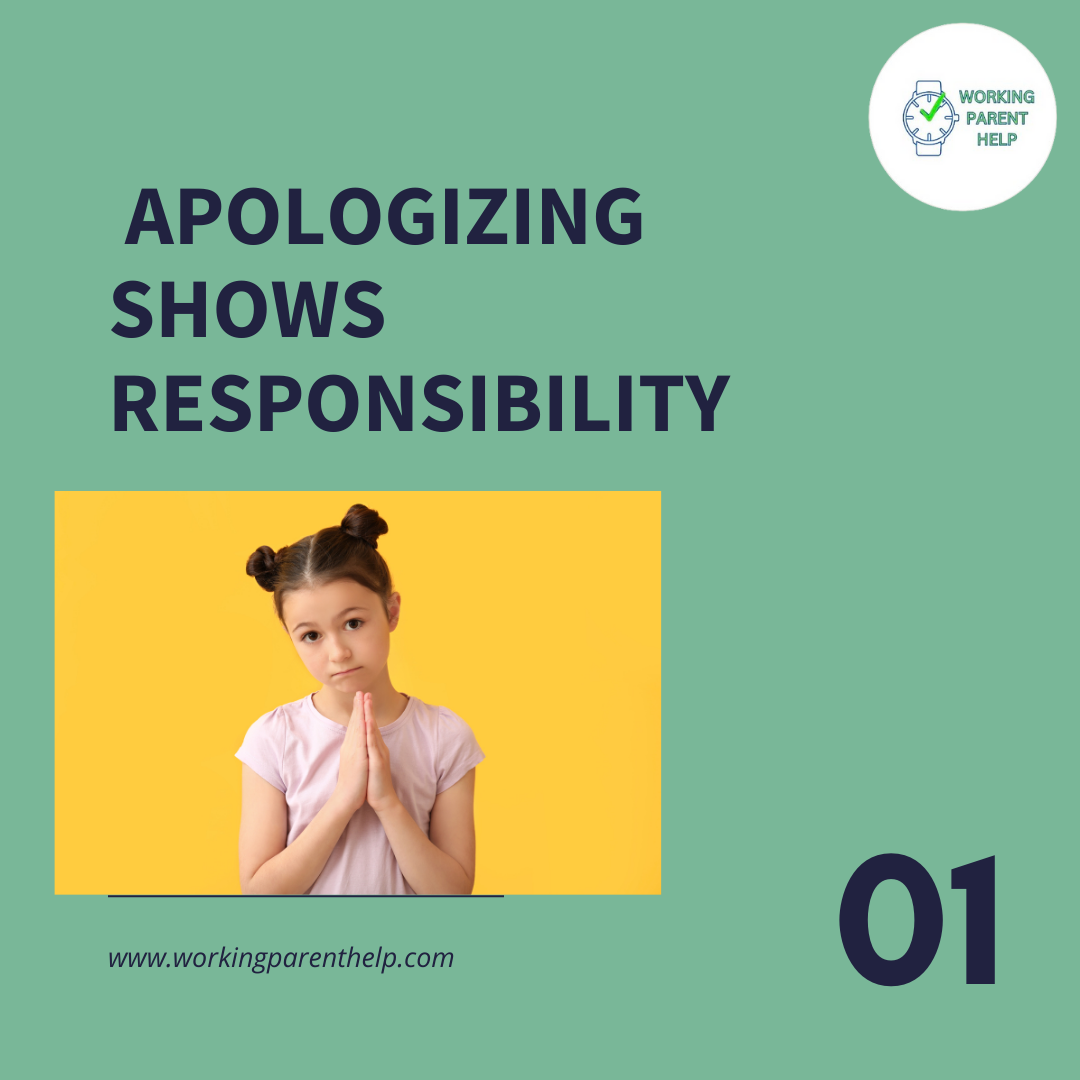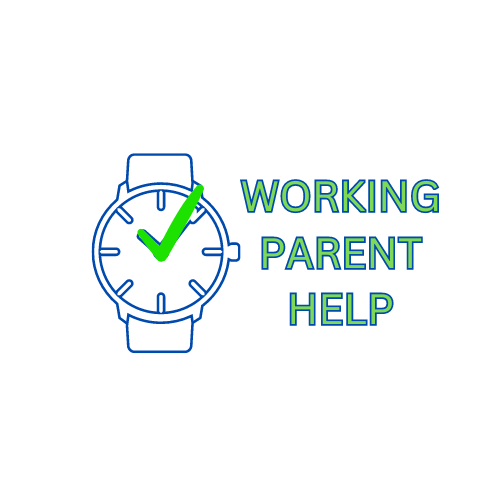
The Importance of Apologizing and Forgiving in Family Relationships Why Saying "I'm Sorry" and "I Forgive You" Matters More Than You Think
As a parent juggling work, multiple kids, and an endless list of after-school activities, you know that family life can be a whirlwind. One minute, your kids are best friends; the next, they're arguing over who got more marshmallows in their hot chocolate. (Spoiler: It was the same amount. Always.) But amidst the chaos, one of the most valuable lessons we can teach our children is the power of apologizing and forgiving.
Because let’s be real—if we held grudges over every Lego left on the floor, we’d all be permanently angry and nursing sore feet.
1. Apologizing Shows Responsibility
We’ve all been there—our child does something they shouldn’t, like coloring on the walls with permanent marker or feeding your work laptop a healthy dose of juice. Teaching kids to apologize helps them understand accountability and shows them that mistakes are okay as long as they own up to them.
A great way to reinforce responsibility is by involving them in fixing their mistakes. If they made a mess, they help clean it up. A TidySpace Toy Bin Organizer with Bookshelf (link) can be a fun way to encourage them to keep things organized and take responsibility for their own space. Plus, it keeps their toys from staging a coup against your living room.
2. Forgiveness Fosters Emotional Healing
Holding onto grudges is exhausting—just ask any parent who’s been reminded of the one time they forgot to pack a snack for soccer practice. (It was two years ago, kid. Let it go.) Teaching children to forgive helps them move forward instead of dwelling on negativity.
Creating a calming space at home can help kids process their emotions in a healthy way. The TidySpace 5-Cubby Toy Storage Bookshelf (link) is a great way to store books on emotional intelligence and family bonding, giving them a cozy corner to reflect on feelings and understand the importance of forgiveness.
3. It Strengthens Trust and Connection
Apologizing and forgiving aren’t just about resolving conflict—they’re about strengthening relationships. When kids see that you, as a parent, are willing to apologize when you mess up (yes, even we have our oops moments), they learn that trust is built on honesty and humility.
Make a habit of discussing emotions openly in a designated family space. The PlayBox Large Capacity Toy Organizer (link) can double as a storage space and a meeting spot for “family huddles,” where everyone gets to express their thoughts without judgment. Trust us, it’s way more effective than the dreaded “we need to talk” approach.
4. Encourages Open Communication
Families that communicate effectively have fewer misunderstandings (and fewer unnecessary tantrums over who touched whose backpack first). Teaching kids to say sorry and forgive creates an environment where emotions can be shared freely, making it easier to resolve conflicts before they escalate into full-blown sibling wars.
Encourage regular conversations by setting up a “family connection station” in your home. Whether it’s a designated reading nook, a journal-sharing corner, or just a comfy area with some pillows, having a space dedicated to emotional check-ins can work wonders.
Wrapping It Up: The Power of a Simple "I'm Sorry"
At the end of the day, apologizing and forgiving aren’t just lessons for kids—they’re reminders for all of us that relationships thrive on empathy, accountability, and second chances. So the next time your little one spills their juice for the third time in a row, take a deep breath, hand them a paper towel, and know that you're helping them grow into kind, emotionally intelligent humans.
Now, we’d love to hear from you! What’s the funniest (or most heartwarming) apology your child has ever given? Share your stories in the comments below or check out our other parenting blogs for more real-life tips!
